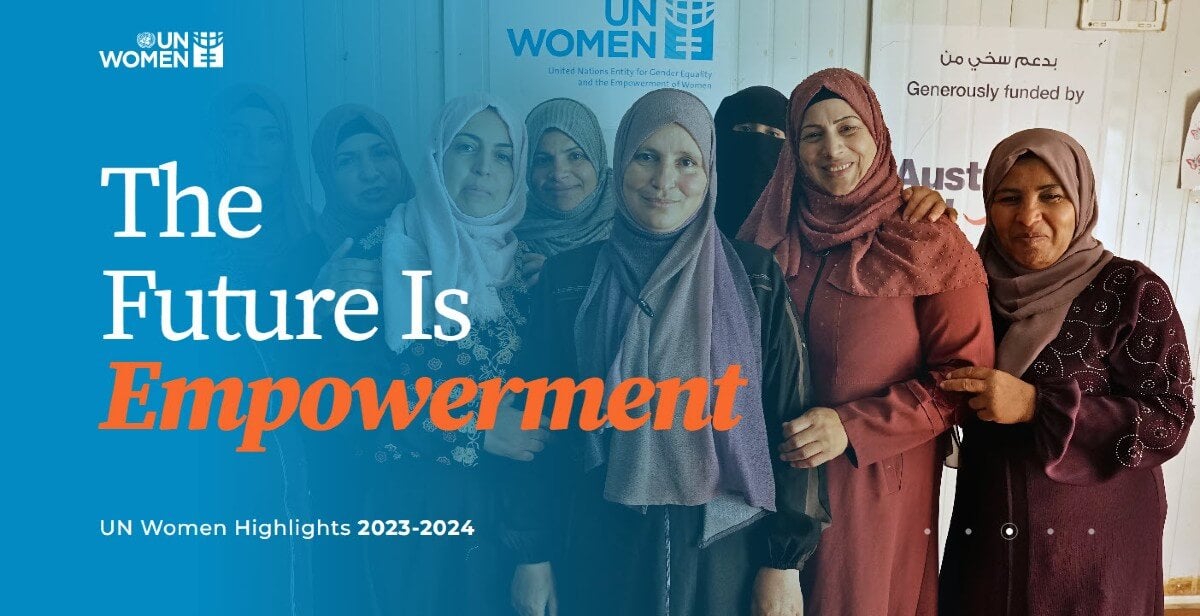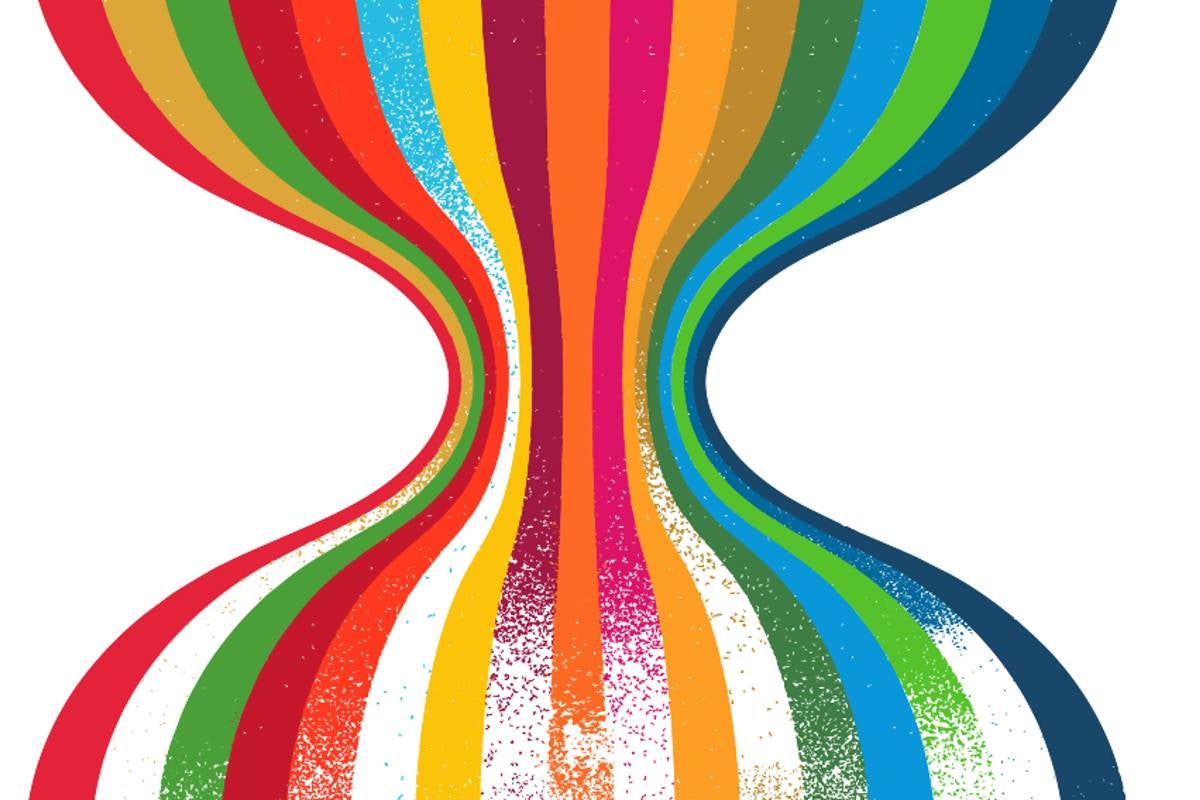SDG 2 – Zero hunger
Women play important roles in food production, yet agricultural policies fall short in addressing gender disparities.
The prevalence of moderate or severe food insecurity surged during the pandemic. By 2023, it still affected 28.9 per cent of the global population, some 2.33 billion people. Food insecurity is more common among women, impacting 26.7 per cent of adult women compared to 25.4 per cent of men, a difference of about 47.8 million more women than men. The gender gap has narrowed since its pandemic peak, but still hovers slightly above pre-pandemic levels. Further, a diminishing gender gap is partly due to a steady rise in food insecurity among men since 2022. Anaemia in women aged 15 to 49 is projected to reach 32.3 per cent by 2030, widely missing the 50 per cent global target to reduce it.
47.8 million
More women face food insecurity and hunger than men
Food systems are vital sources of livelihoods, employing 36 per cent of women and 38 per cent of men globally. In sub-Saharan Africa and Southern Asia, 66 per cent and 71 per cent of women work in the agriculture sector, respectively, compared to 60 per cent and 47 per cent of men. While over 75 per cent of agricultural policies recognize women’s roles, only 19 per cent treat gender equality or women’s rights as explicit policy objectives. Just 13 per cent promote rural women’s participation in policymaking. Half of bilateral finance for agriculture and rural development includes gender equality objectives but only 6 per cent treats it as a primary objective.













